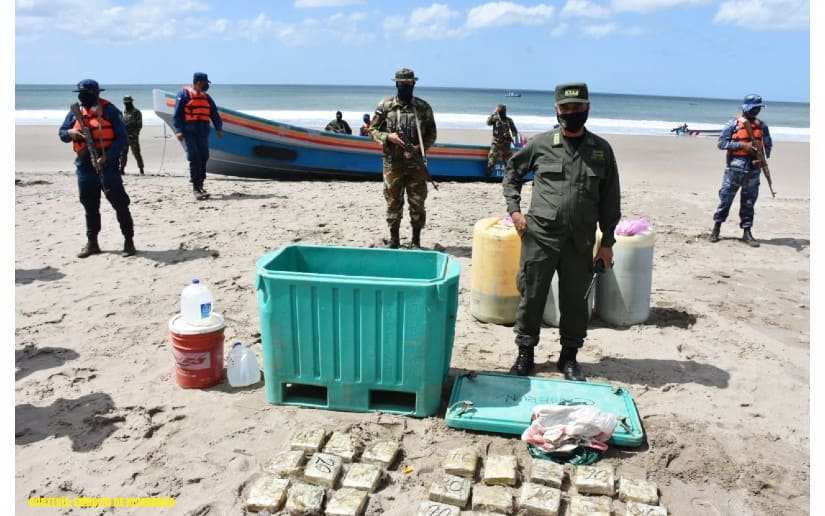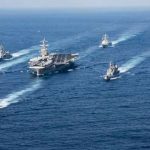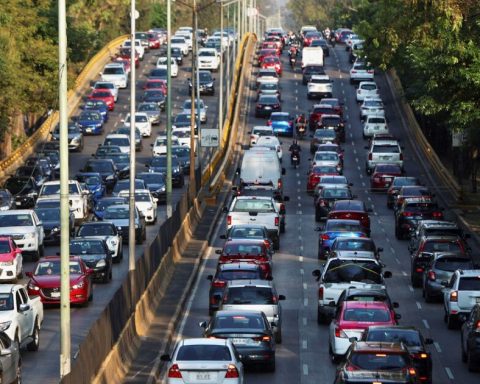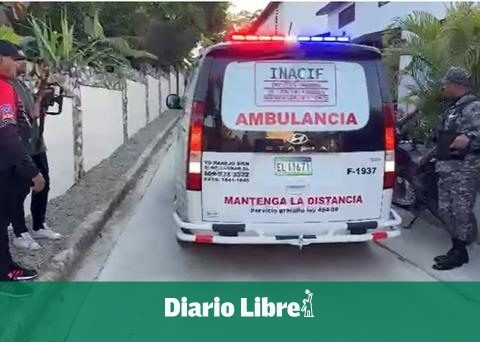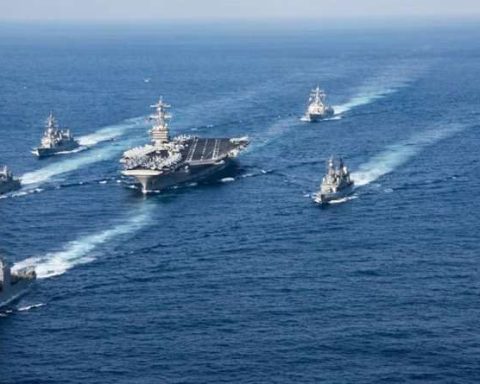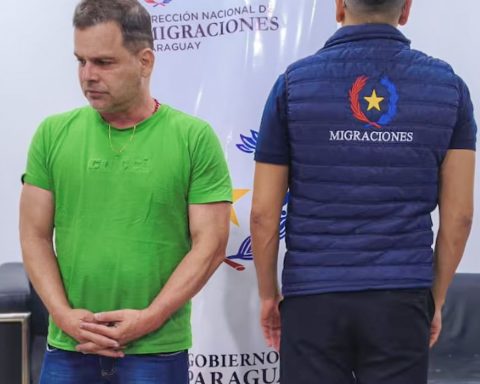So far in 2022, the Nicaraguan Army and the National Police They have reported in brief press releases on four seizures of money from drug traffickers, totaling 6.3 million dollars. The modus operandi in all these cases is the same.. The drug traffickers abandon the money in their flight from the persecution of the authorities. The military capture the money and the means in which the drug traffickers moved (vehicles and boats), but arrests are almost never recorded.
There is also no information on the fate of the millions of dollars seized, in violation of the provisions of Law 735 on Prevention, Investigation, Prosecution of Organized Crime and Administration of Seized Assets.
This lack of transparency contrasts with what occurs in similar operations in Central American countries such as Honduras o El Salvador, according to consultations made with specialists on security and organized crime issues. Even so, in these countries there are questions about the lack of transparency about the results of these operations.
Money “lends itself to corruption”, says specialist
Víctor Meza, former Minister of the Interior and founder and director of the Documentation Center of Honduras, pointed out that there is a lot of opacity in Nicaragua regarding the handling of the millions of dollars seized from drug trafficking, and this can give rise to serious “problems of corruption ”, due to the volume of money involved.
“The investment and distribution of the money captured from drug trafficking must be made transparent. Generally they are very millionaire sums. In Honduras, what is happening in a similar way to Nicaragua, is that money or drugs are being captured, but drug traffickers are not being captured, much less intellectual operators,” Meza commented.
Law 735 of Nicaragua establishes that the money obtained from the seizures must be distributed by the Ministry of Finance and Public Credit among various State institutions. However, in Nicaragua it is not reported how this distribution is made, nor the state institutions benefited.
“In Honduras, what is done with the captured money is delivered to the Administrative Office of Seized Assets (OABI). This office is accountable for what is seized, and sometimes generates controversy because it does not. And what they report is how it was distributed or at least where it was kept,” he added.
In Honduras, with the arrival to power of Xiomara Castro in January, the fight against drugs has intensified, as well as the number of judicial processes to decide the extradition to the United States of at least 92 people accused of alleged links to drug trafficking, among them, former President Juan Orlando Hernández.
“The ideal thing in Nicaragua is for there to be an OABI like in Honduras. And many times OABI itself has been told that it does not handle these assets with due transparency. But in Nicaragua, if the money captured by the Army or the Police is delivered to the General Treasury, it should be done publicly and transparently,” Meza pointed out.
“What Nicaragua is suffering with this seizure problem is a surplus of secrecy. And that lends itself to corruption. That’s a lot of money and it’s tempting. Having six million dollars is not just like that. Civilian control over these operations should be strengthened,” he added.
El Salvador: Seizures Go to Security Organizations
In El Salvador, the operations of confiscation and seizure of drug trafficking assets are joint operations between the Police and the Army that are managed with a lot of pro-government media coverage, a hallmark of the administration of the President Nayib Bukele.
According to Ricardo Sosa, a specialist in security issues in El Salvador, there is a fairly broad information dissemination policy on seizures, with coverage of the presentation of seized goods, captured suspects and drug destruction.
“In El Salvador, the authorities investigate, use all the special investigative techniques, seize the drug, seize the outboard motor boats and low-profile vessels, capture the criminals and bring them openly and publicly to justice. Drug seizures so far this year alone exceed 12.1 tons of pure cocaine, with a value of more than 300 million dollars,” Sosa mentioned.
The specialist explained that in the case of El Salvador, the resources are distributed in the budgets of the entities in charge of fighting crime, such as the National Civil Police (PNC) and the Armed Forces of El Salvador (FAES).
“This year at least 37 foreigners, nine speedboats and three low-profile vessels have been captured. The Attorney General’s Office proceeds to develop all the protocols, field tests, chain of custody, expert reports and once the case is judicialized, the drug is destroyed in the presence of the media. Then the resources seized, the fiscal administration assigns them to the PNC and FAES”, added Sosa.
The millionaire seizures of Nicaragua
The four seizures reported so far in 2022 in Nicaragua are: On February 3 in Estelí, when the National Police reported the capture of a truck in which one million 335,295 thousand dollars were hidden. On the 12th of that same month, in Nagarote, León, three million 521 thousand dollars were seized in another operation.
On February 23, the Police reported that drug traffickers abandoned two million 929 thousand dollars in San Carlos, Río San Juan. Finally, on March 20, the Army reported a shootout with drug traffickers on Tola beach, Rivas, who abandoned 500,000 dollars and a panga.
The sociologist and security specialist, Elvira Cuadraexplained that despite these reports from the Army and the Police, the statistics continue to establish that Nicaragua is the least effective country when it comes to seizure operations, mainly drugs.
“According to an investigation recently carried out by AFP, during 2021 drug seizures in Central America skyrocketed substantially compared to previous years. In the region, 250 tons of cocaine were seized, 70 tons more than previous years in which 180 were seized. Panama is at the head of seizures with 128.7 tons, while the last country in Nicaragua with 4.5 tons, “he said.
Cuadra explained that the seizure data reveals that in Nicaragua there is poor intelligence and surveillance work with respect to drug shipments and that is why the level of seizures is the lowest in the region.
“It is revealed that Nicaragua is the least effective country in capturing drugs from the south, considering that its two geographical neighbors, Costa Rica and Honduras, seized much more drugs. It is practically impossible for shipments to pass through one country and not another, considering that the region is a bridge and a natural transit route to the north, not only for drugs but for any other type of merchandise and even people,” he explained. the specialist.
